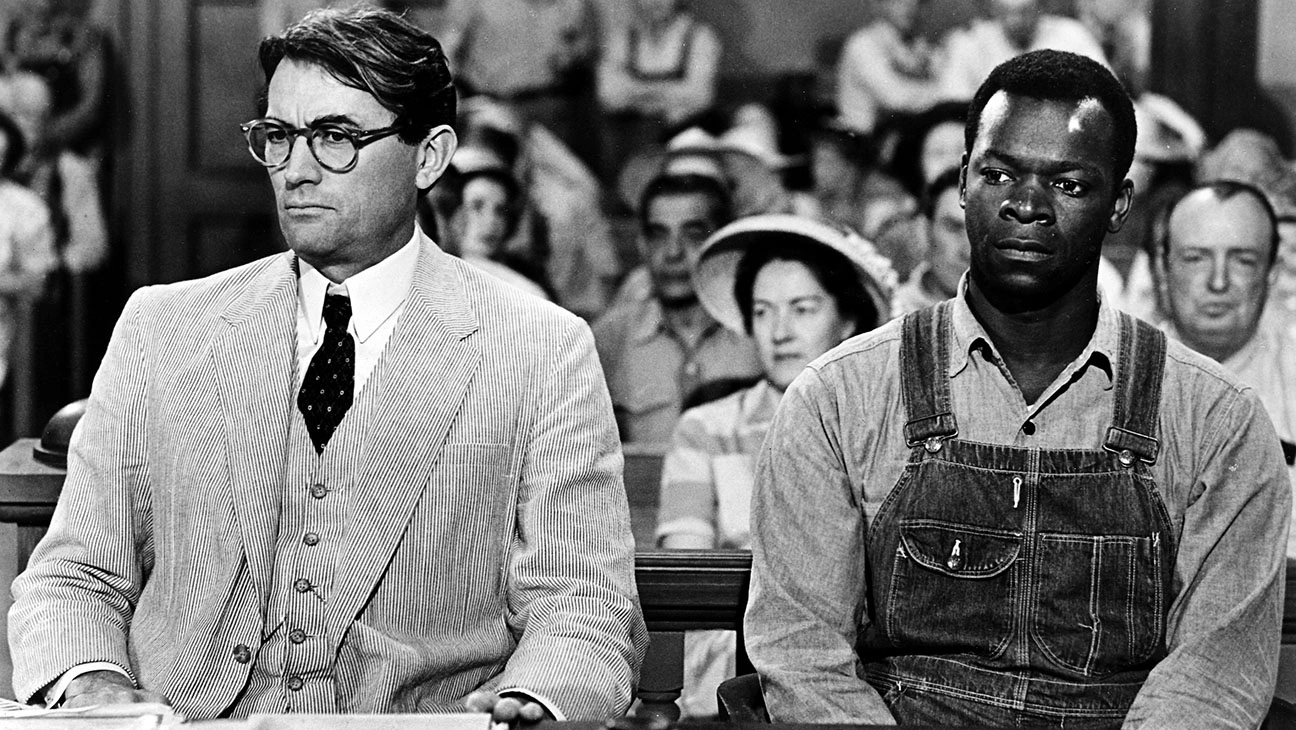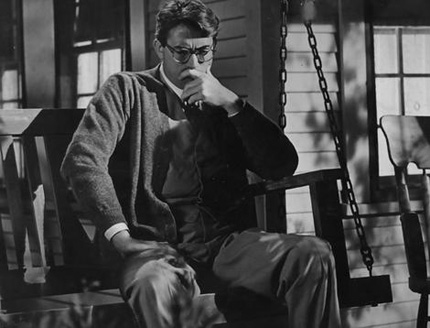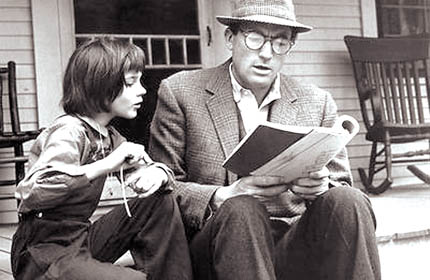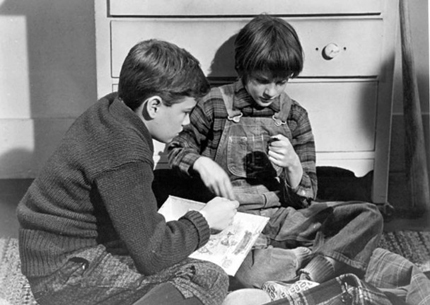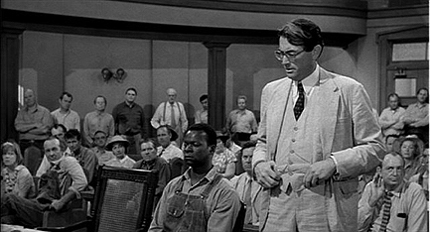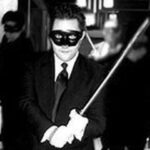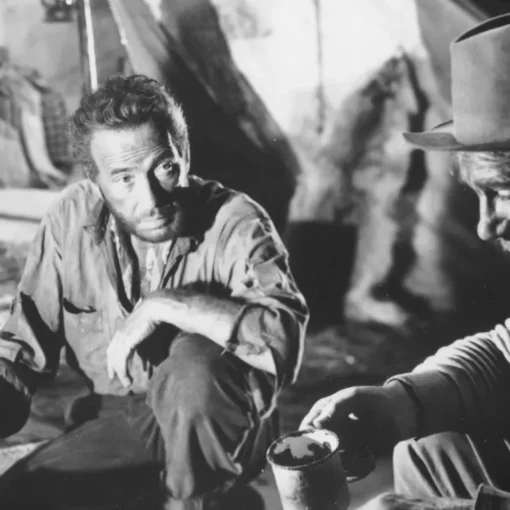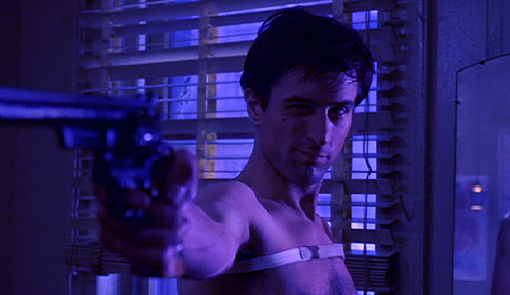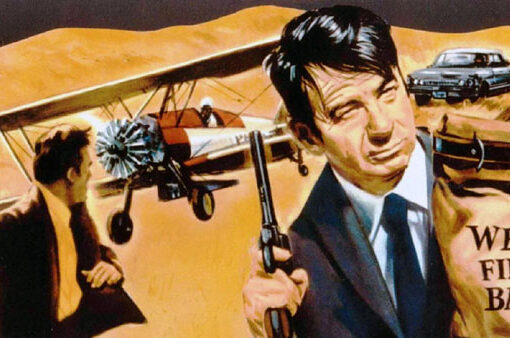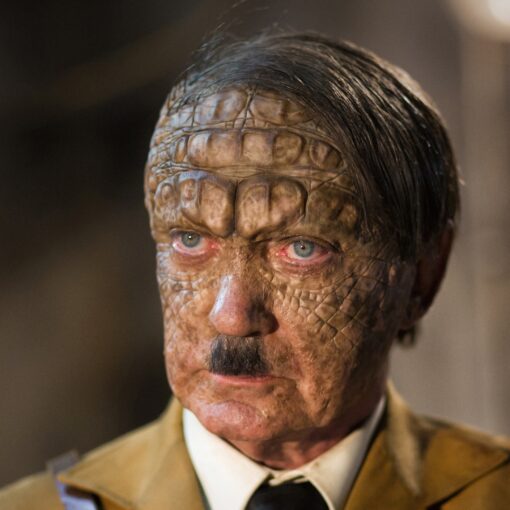In 1962 Harper Lee’s best selling classic American novel “To Kill A Mockingbird” became a feature film. Director Robert Mulligan and Screenwriter Horton Foote adapted the story about a Southern family into one of the finest productions to come out of Hollywood. It looks at lives of a lawyer named Atticus Finch (Gregory Peck) and his two children Jean Louise “Scout” Finch (Mary Badham) and Jeremy “Jem” Finch (Phillip Alford) in the small town of Maycomb, based on the people Harper Lee knew in Monroeville, AL.
The opening credits sequence is one of the most iconic in cinema, we see a small box of trinkets, and a small child hums as she colors with a crayon on the film’s title card. As a marble rolls and hits another one, the warm music by Elmer Bernstein begins. When we hear the narration at the beginning of the film, we know that we are seeing the film through Scout/Harper’s eyes.
Set in 1932, we get to know the Finch family, and how the kids see their father, whom they call Atticus (based on Harper Lee’s own father). Atticus Finch is a very honest and good man who teaches Scout and Jem about right and wrong and instills so many great values in them. The story revolves around Scout and Jem but becomes a character study on how Atticus deals with life’s problems including defending a black man named Tom Robinson (Brock Peters) falsely accused of rape by a young poor white woman Mayella “Violet” Ewell (Collin Wilcox Paxton) in town. We can see through the lies that Violet’s own father Robert E. Lee “Bob” Ewell, a racist bigot is the one who has actually abused her, leading her to lash out at a kind decent man whom she has affection for.
One of my favorite sequences is when Atticus is at the courthouse all alone guarding Tom Robinson when a band of vigilantes arrive planning to take him away and hang him. Atticus tells the men they should just turn around and leave. The men begin to get angry and refuse to leave, and it looks like Atticus is in danger. Suddenly, Scout, Jem and Dill show up, Atticus orders them to go home as well, but Jem refuses and stays on the stoop by Atticus. Not knowing whats going to occur, Scout sees a friend of the family and says hello to him. This changes the whole mood from anger and revenge to a sheer innocence from Scout’s own outlook on the situation. The danger is diffused and all the men get in their trucks and leave.
Even though Gregory Peck’s portrayal of Atticus Finch is outstanding (winning him the Oscar in 1962) Scout and Jem are really the main stars of the film, as we share their daily adventures and learn about their childhood curiosities. Their new friend Charles Baker “Dill” Harris (John Megna) is actually based on the real life writer Truman Capote (In Cold Blood) a longtime friend of Harper Lee. The children play together and try to catch glimpses of the mysterious recluse “Boo” Radley (Robert Duvall) who lives on the corner. In one of the films most heartwarming and memorable sequences, the kids finally meet “Boo” face to face, only to find out that hes just a shy, kind person who has cared about them all their lives.
To Kill A Mockingbird is a very special film that shows us the innocence and wonder of youth, but also shows us the dark harshness of real life outside our own backyards. The film is on the AFI Top 100 Greatest Films Of All Time and rightfully deserves to be.

